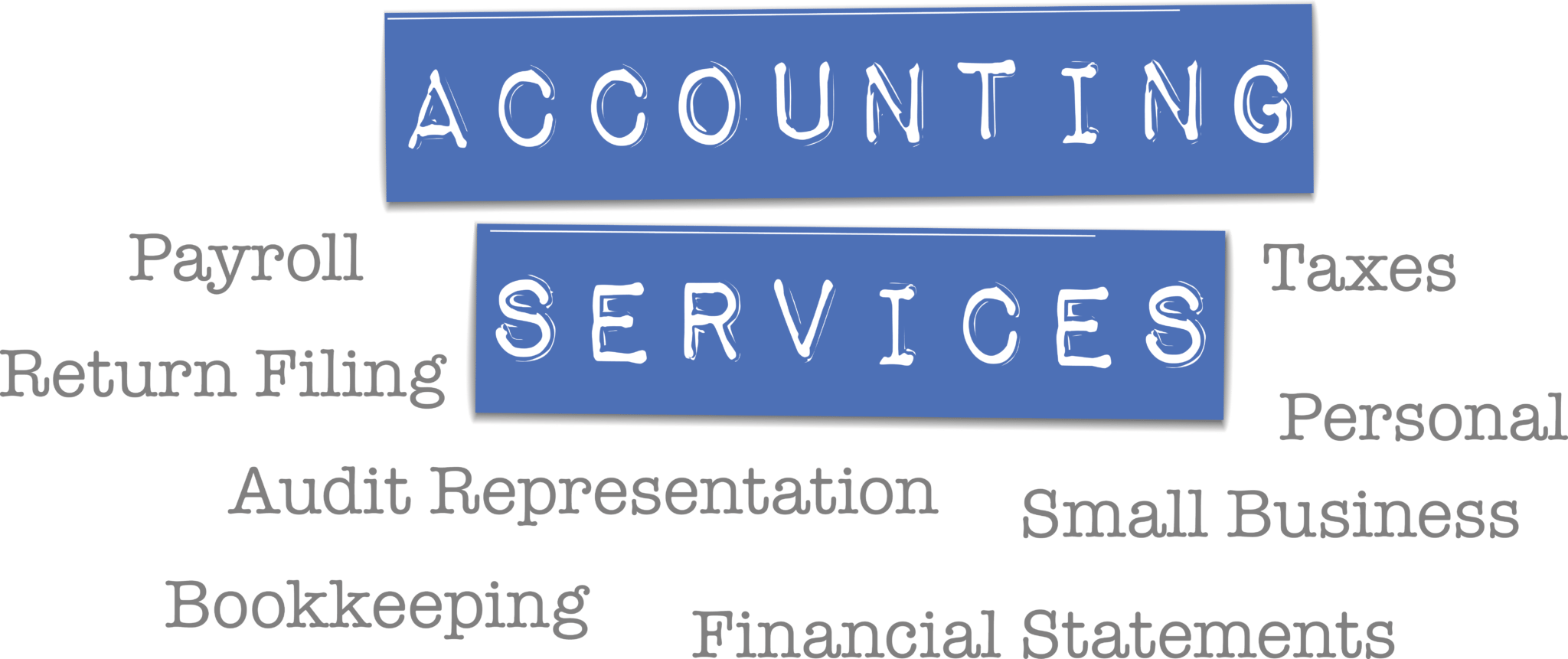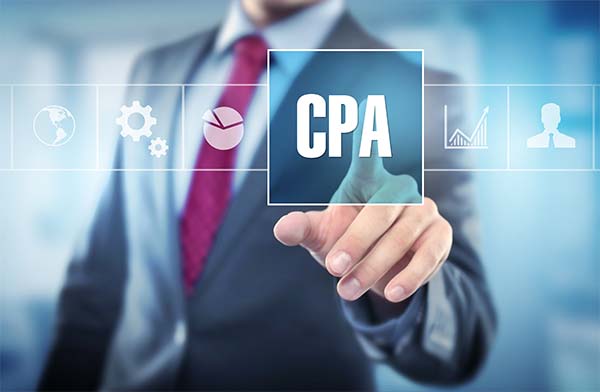SOC 2 Reports otherwise known as Service Organisation Control were originally introduced in 2011 by the American Institute of CPAs (AICPA). A SOC 2 type 2 report plays a significant role in compliance and data security.
There are three different types of SOC reports, in this post, we specifically address the question, what is a SOC2 report and why you need SOC2 reporting in your business.

What is SOC 2 Compliance?
SOC 2 Compliance is specifically designed for the increasing amount of cloud computing and technology entities that are prevalent with service organizations.
Data Security is a concern for all organizations, regardless of sector or size. Any data that is not handled correctly by service providers and network security provisions can leave organizations exposed to data theft, malware, and in some cases, extortion.
Who Needs A SOC 2 Report?
A SOC ii compliance report is required if you are a data provider that processes or stores financial data. If you are considering outsourcing any type of data storage responsibilities, then you absolutely need a provider who is wholly compliant and secure. If you have any data compliance obligations to fulfill, then a SOC2 report will provide you with a firm assurance that the company you are dealing with takes the necessary measures in order to safeguard your data.
What Is the Difference Between SOC1, SOC2, and SOC3 Compliance?
As detailed on SSAE16.org, a SOC1 report deals with the monetary transactions that organizations make. They are officially described as the important element of user entities’ evaluations of any internal controls dealing with the financial reporting for compliance with regulations and laws.
A SOC1 report is different to SOC 2 as it is created by auditors for other auditors.
SOC2 compliance specifically addresses the underpinning security behind those financial transactions and are purposed to meet the requirements of a wide range of users who need to comprehend and understand the internal controls within a service organization.
SOC 2 compliance is an auditing process that ensures a service provider manages information correctly in order to safeguard the privacy of client data and with that, the security interests of your organization. In summary, SOC 2 compliance reports deal with availability, processing integrity, security, privacy, and confidentiality.
The information that is contained within a SOC2 audit contains highly-sensitive data and are not typically shared outside of the organization.
A SOC 3 report is usually a publicly shared report which provides a very high-level review of the data contained within the SOC2 compliance report. While a Soc2 contains sensitive data about the various network controls and system specifics, a SOC 3 is essentially a summary of the SOC2 report content, with less sensitive contents. Essentially, it is used more for marketing purposes.
Because of the increasing volume of fraudulent activities and data compromises that are occurring across the globe, this raises the importance of the security more so than ever before. If you consider a SaaS provider, the SOC2 compliance is an essential requirement.
If you want a sample SOC2 report, you can visit SSAE16.org for more comprehensive examples of SOC2 audits along with SOC3 and SOC1 report samples.
Additional Reading:

What are the differences between SOC2 Reports and ISO 27001?
For some organizations, there is a need to establish whether a SOC2 audit or ISO 27001 is more suitable for their needs.
SOC 2 REPORTS SIMPLE EXPLANATION
SOC 2 Reports are founded upon the controls that are in place within a service organization based on the five trusted services criteria. They play an essential role in providing:
- Regulatory Oversights
- Programs for Vendor Management
- Organizational Overviews
- Corporate Governance and Internal Management of Risk Insights
SOC2 audits can cover either a period or point in time. The vast majority of SOC2 Compliance Reports are used for U.S-based organizations and get shared with user entities within service organizations.
ISO 27001 SIMPLE EXPLANATION
This certification essential validates whether a particular organization meets a standard set of requirements. There are often occasions when a U.S-based organization will be asked for an ISO 27001 certification, although this is more called-for within the European market.
An ISO 27001 outlines the requirements for maintaining, implementing, establishing, and constantly improving a data security management system within an organizational context. There is also a need for the treatment and assessment of data security risks that are specific to the organization. All requirements set out within ISO 27001 are generic, no matter the size, type or nature of the organization.
SOC ii Reports and ISO 27001 Side by Side
The purpose of an ISO 27001 is to deliver a framework of best practices for the successful establishments of a data security management system. Essentially, it is seen as a guide for the implementation of an organizational security program.
The purpose of a SOC 2 compliance report is to provide an organization with a demonstrable way to show they have adequate security measures in place and that they are operating effectively.
When making the choice between SOC2 and ISO 27001, an organization needs to consider any regulatory requirements along with consideration towards which countries they intend to do business with. A key consideration is the service organizations clientele when considering which of these standards it will comply with.
While a SOC2 audit and the ISO 27001 accreditation are both internationally recognized, they both require the need to involve an impartial third-party audit.
An ISO 27001 certification is only valid for three years, while a SOC2 report covers a period or point in time.
What is the SOC ii Report Criteria
SOC ii essentially outlines the key criteria for the management of Customer information and is founded on five core principals.
AVAILABILITY
The availability component of a SOC2 report covers Disaster Recovery, Performance Monitoring, and Security Incident Management.
SECURITY
The security element of a SOC ii report includes Two-Factor Authentication, Network and Application Firewalls, and Intrusion Detection.
CONFIDENTIALITY
The confidentiality component of SOC 2 compliance deals with Access Controls, Encryption, and Network and Application Firewalls.
PRIVACY
The privacy element of a SOC2 report deals with Two-Factor Authentication, Encryption, and Access Control.
PROCESSING INTEGRITY
Processing Integrity in SOC2 compliance handles Process Monitoring and Quality Assurance.
What is Included in a SOC 2 Audit Report?
SOC2 reports are bespoke to each organization. There are unique business processes and practices which need to have their own controls created in order to comply with each of the five SOC2 report principles as outlined in the previous section.
SOC 2 Reports provide vital data about how a service provision handles and controls your data.
While a SOC1 report will outline the different systems and whether or not the vendor is able to meet with the different SOC 2 trust principals, a SOC2 will outline the operational effectiveness of each of the vendor’s systems.
AVAILABILITY
Availability, as defined in a SOC 2 Compliance report, relates to the system, service, and product accessibility, as outlined in any Service Level Agreement or Contract. The minimally accepted level of performance for the availability of the system is set out by both parties.
This SOC2 compliance principal does not deal with the functionality and usability of a system. However, it does outline the criteria related to security elements which could impact the usability and availability. Other critical elements are the network availability, network monitoring, security incident management, and site failover measures.
SECURITY
When forming a SOC 2 Audit, the security principal refers to the safeguarding of the resources of the system in its ability to protect information from unauthorized access. Various Access Controls will help to stop any abuse of the system, along with any unauthorized removal of data, alterations of information, and any misuse of the software.
There are various tools such as intrusion detection, 2FA, and web application firewalls (WAFs) that are particularly effective in the prevention of security breaches which can result in unauthorized access to data.
CONFIDENTIALITY
Any information is deemed to be confidential if disclosure and access are limited to a specific group of people or organizations. For instance, this could include information that is only intended for company personnel, intellectual property, business plans, payroll data, price lists, along with other pieces of financial data that is deemed to be sensitive.
Another essential control for the protection of confidentiality is encryption in transit. Application and Network firewalls along with robust access control measures are particularly effective in the safeguarding of data that is stored or processed by various systems.
PRIVACY
The Privacy element of a Soc 2 report specifically handles the systems use, collection, disclosure, retention, and disposal of personal data in conformance with the organizational privacy notice; alongside the AICPAs criteria for GAPP (General Accepted Privacy Principles).
Any Personally Identifiable Information (PII) specifically relates to details which can identify and distinguish a person, such as Social Security, Name, Date of Birth, Address, and more. Other personal information such as race, health, religion, and sexuality are also considered to be sensitive data and as such, needs protection too. All PII must have necessary controls in place to safeguard it from any unauthorized access.
Processing integrity
When creating a SOC2 audit report, the processing integrity element of the report deals with whether a system is fit for purpose. For instance, does it provide the right information at the right time, for the right price? In order to pass SOC 2 Audits, the information processing must be valid, comprehensive, authorized, and timely.
Additionally, processing integrity does not always implicate the true integrity of the data. If the information contains errors before it gets entered into a system, then the detection of such errors is not deemed to be the responsibility of the data processing entity. However, the data processing monitoring along with the quality assurance metrics will typically help ensure the absolute processing integrity.
Getting SOC2 certified is a rigorous process and requires the involvement of a third-party firm. This is an in-depth, no-holds-barred report that verifies and upholds an organization’s security, availability, confidentiality, privacy, and integrity control measures that are put in place. If you are reviewing software vendors, then the SOC2 report means that the company is compliant with a strict set of standard, and gives you complete peace of mind that you are partnering with a company that has stringent data security measures in place.
If you have any IT governance or compilatory requirements to adhere to, a SOC2 report is a demonstrable way to ensure that a software vendor meets those requirements too.
SOC2 audits to ensure there are clearly defined and effective policies in place. It builds trust with clients and end-users about the security of a cloud infrastructure along with the robust measures that are in place to safeguard the data that is contained within.


